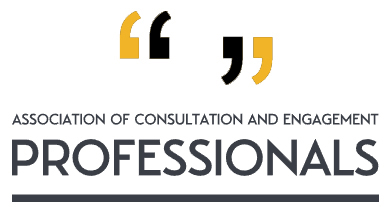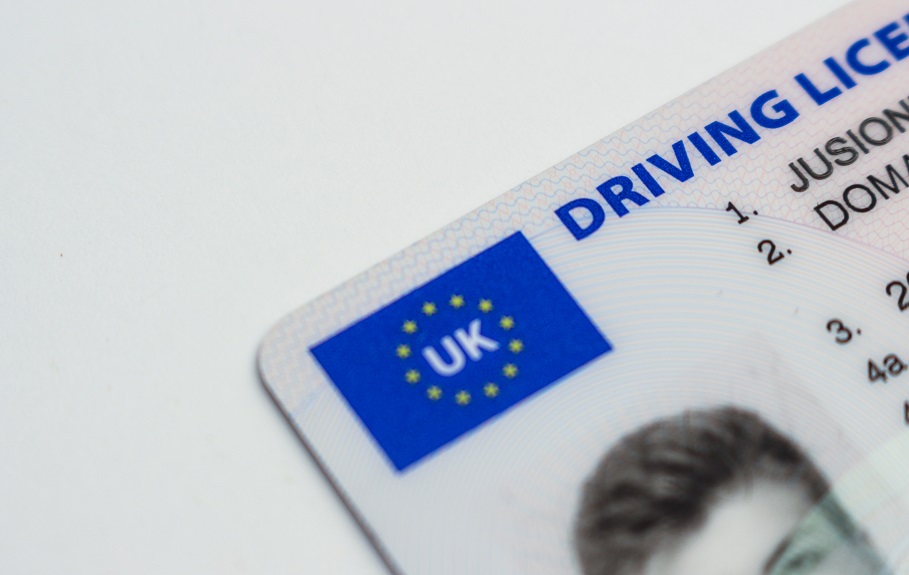A rather important consultation on draft legislation to support identity verification emerged from government in January this year. You can imagine the headlines – “The beginning of the end for privacy and freedom?”.
Probably a good idea to do the job properly? It doesn’t start well…
“We cannot accept postal responses to this consultation unless there are exceptional circumstances”
However, dig a bit deeper and it’s full of annoyances. On the positive side, governmnet has published the full question set outside of the questionnaire – that’s good practice uncovered many years’ ago during a GDS design discovery. The consultation is all flat HTML – also much more accessible than PDF consultations.
Validation is also good – if a mandatory question isn’t answered then the actual question is flagged in red. There is a question about identity and a disclosure of responses statement [DORS] (to determine the amount of anonymity the participant is comfortable with).
Sadly, the design thinking stops as you get in to the feedback form. Just look at this example – no question branching – which means that people have to fill out questions which are not applicable yet known based on their previous answers.

Later on things get worse with loaded questions such as “To what extent do you agree that….”. As with many government consultations, there is a question about the impact of proposals on people with protected characteristsics but no equalities monitoring on the consultaiton itself!
Finally, right at the end, you’re greeted with a screen from SmartSurvey (the underlying software). No submission number, no feedback form, no “do this next”…nothing.
Truth is, we’re being a bit harsh – there are many many worse examples that this. However, it’s 2023 now. There are government design patterns for survey layouts and the design thinking has been done when it comes to all of this. All that good “user needs” stuff.
When you have a high profile consultaiton, user experience is important. Among other thigs, it means designing a good questionnaire layout and asking the right questions. We’re not sure who is raising standards but we stand ready to help educate consultation & engagement professionals in the necessary good practices.

